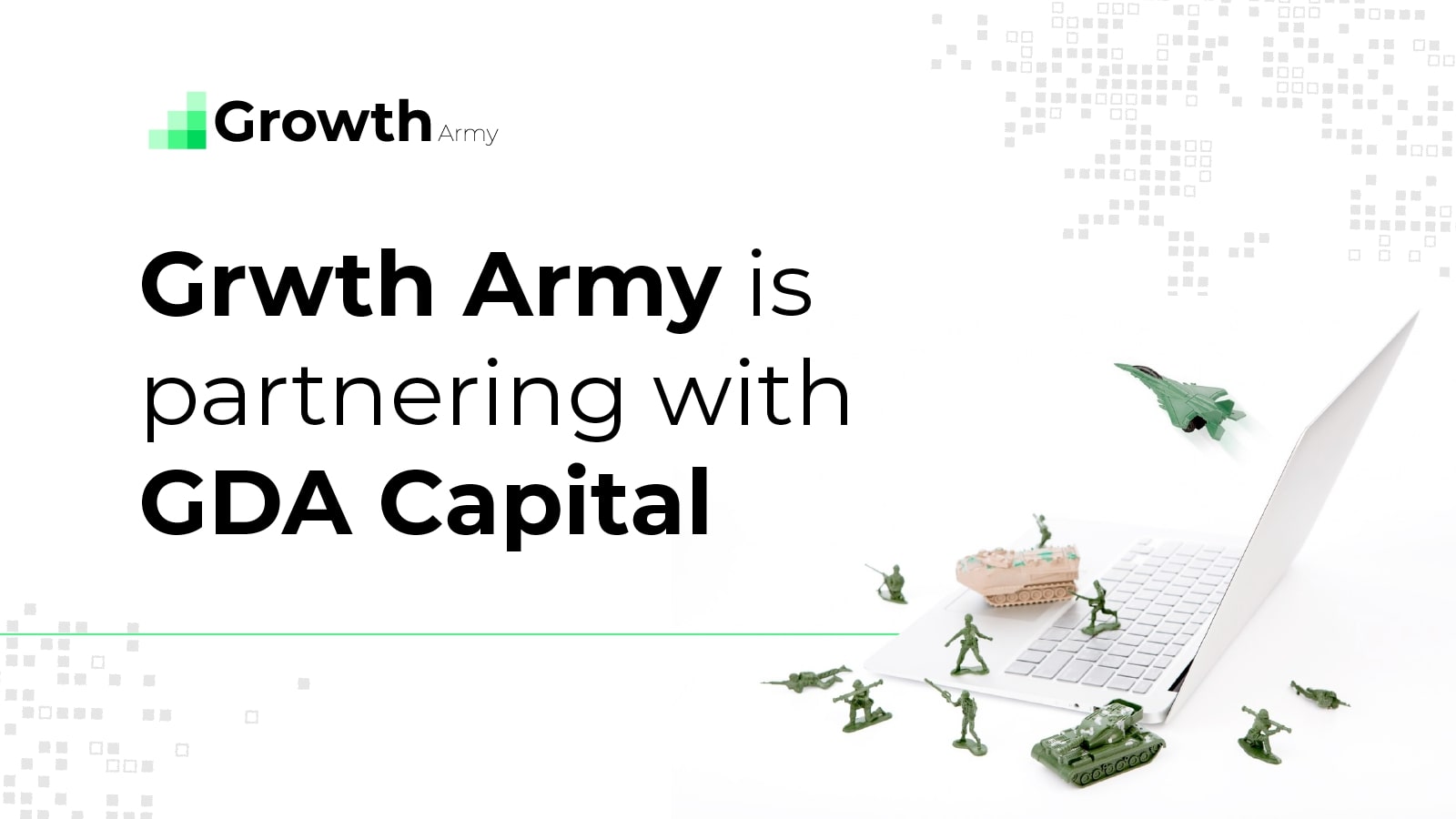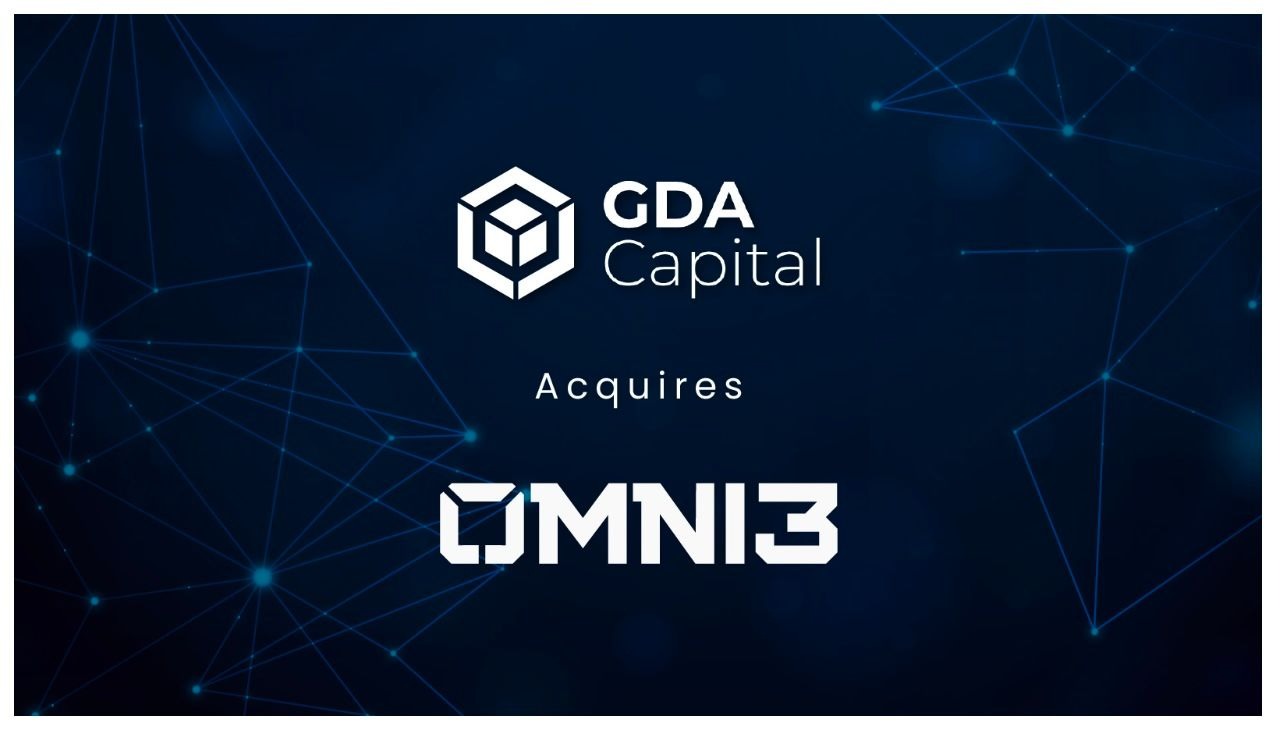Both Binance Smart Chain and Ethereum are smart contract-enabled blockchains that execute financial functions without an intermediary. Key benefits of smart contract-enabled blockchains are permissionless, trustless, and secure transactions.
With demand for Ethereum’s network at an all-time high, so are Ethereum gas fees. Retail investors are incentivized to use Binance Smart Chain, as transaction fees on Binance Smart Chain are a fraction of Ethereum’s. However, these low transaction fees come at a cost to investors. While Binance Smart Chain offers significantly lower fees, its blockchain is much more centralized, creating security concerns among investors.
Consensus Models
A key difference between Ethereum and Binance Smart Chain is the consensus models used to secure their networks. Binance Smart Chain uses proof-of-stake-authority (PoSa), allowing its blockchain to have a much higher throughput than Ethereum’s. Similar to Bitcoin, Ethereum uses proof-of-work consensus, meaning its network is secured through power-intensive algorithms that are solved through computational power.
Binance Smart Chain and Ethereum are a great example of the scalability trilemma: a blockchain cannot increase decentralization, scalability, or security without sacrificing at least one of these aforementioned components.
Ethereum’s blockchain is far more decentralized than Binance Smart Chain. Ethereum miners validate blockchain transactions, and there are thousands of nodes powering its network worldwide. In contrast, Binance Smart Chain runs in parallel with BNB Chain, where 21 active validators power its network.
These 21 validators on Binance are chosen based on the amount of BNB staked on their node. The nodes with the most BNB tokens staked are chosen to validate transactions once every 24 hours. Many of these nodes are controlled by Binance, as much of BNB token’s capital is concentrated among early investors and founders.
Key Technological Developments
Whereas Ethereum has plans to upgrade its core blockchain, Binance Smart Chain is focused on developing its infrastructure and stimulating adoption of the BSC platform. Ethereum is in the process of upgrading its consensus model to proof-of-stake (PoS). This upgrade, called Eth 2.0, will significantly reduce gas fees and simultaneously increase Ethereum’s transaction throughput. While there is no set date for Eth 2.0, the transition is expected to happen by early 2022.
Ethereum Improvement Proposal (EIP) 1559 is slated to launch in July 2021. This proposal will change the fee structure associated with transacting on Ethereum’s blockchain. Gas fees will be stabilized through a base fee, which is burned, and users have the option to tip validators for faster transactions. Through burning Ether tokens with every transaction, it’s very possible that Ethereum will become deflationary.
Layer 2 solutions are the most immediate scaling solution for Ethereum. Layer 2 solutions use innovations like ZK-rollups and Optimistic-rollups to reduce Ethereum gas fees. On a high level, these layer 2 solutions bundle transactions off of Ethereum’s core blockchain and then communicate with Ethereum to significantly reduce transaction cost. Layer 2 solutions are promising –– they may even be a solution to the blockchain trilemma.
Since Binance Smart Chain has already achieved low fees and high capacity through centralization, the protocol’s development is focused around infrastructure. Many protocols built on BSC are forks of Ethereum DeFi protocols: PancakeSwap is a fork of Uniswap; Venus is a fork of Compound.finance.
With Ethereum gas fees pricing out many retail investors, Binance Smart Chain has been able to take significant market share from Ethereum. To continue to acquire new users, Binance has focused on cross-chain compatibility and CeDeFi infrastructure.
Cross-chain compatibility is critical for investors to purchase digital assets from different blockchains in one place. Binance is able to leverage their liquidity and large user base to create tokenized versions of major cryptocurrencies through the BEP-20 token standard on Binance Smart Chain.
Binance has a developer fund, incentivizing blockchain developers to use Binance Smart Chain instead of Ethereum’s network. With ever increasing gas fees, more projects are moving to BSC in order to make their products more accessible to retail capital.
The Tokenomics Behind ETH & BSC
Ethereum has a current circulating supply of 115,862,000 Ether tokens and a market capitalization of $437 billion. There is no maximum amount of Ether tokens to be minted –– Ether has an annual inflation rate of approximately 4%. However, the supply of Ether tokens could become deflationairy after EIP-1559.
Ethereum’s sell pressure is subdued by Ether tokens locked in DeFi as well as Eth 2.0 staking. There are currently 10.1 million Ether tokens locked in decentralized finance protocols, representing about 8.7% of the token’s supply. Another $9 billion worth of Ether tokens are staked on the Eth 2.0 testnet, representing over 1.5% of the token’s total supply.
BNB has a circulating supply of 153,432,000 with a market capitalization of $86 billion. This ranks BNB as the 3rd most valuable cryptocurrency, with only Bitcoin and Ethereum surpassing it. There is a maximum supply of 170 million tokens, limiting the risk of inflation for BNB.
Token holders are incentivized to hold 500 BNB, as this unlocks several extra benefits on Binance, such as lower fees and more governance rights. Over 16% of BNB tokens are locked in DeFi protocols, further limiting Binance Coin’s sell pressure.
BSC & ETH Long-term Outlook
Binance Smart Chain has gained significant traction in the past months, and its transaction volume in DeFi protocols has surpassed that of Ethereum’s. However, it’s hard to tell whether this increased traffic will continue over the long-term. As Ethereum continues to scale, more investors will be drawn back to its network, as Ethereum has the most robust blockchain ecosystem in the industry.
In the long-term, it’s likely that Ethereum will outperform Binance Smart Chain. Blockchain technology’s most fundamental value add is decentralization –– something that Binance Smart Chain has sacrificed for better usability. This being said, time is of the essence for Ethereum to transition to a proof-of-stake consensus model. With ever increasing gas fees, more users are opting to use Binance Smart Chain for its cost-effective consensus model.



